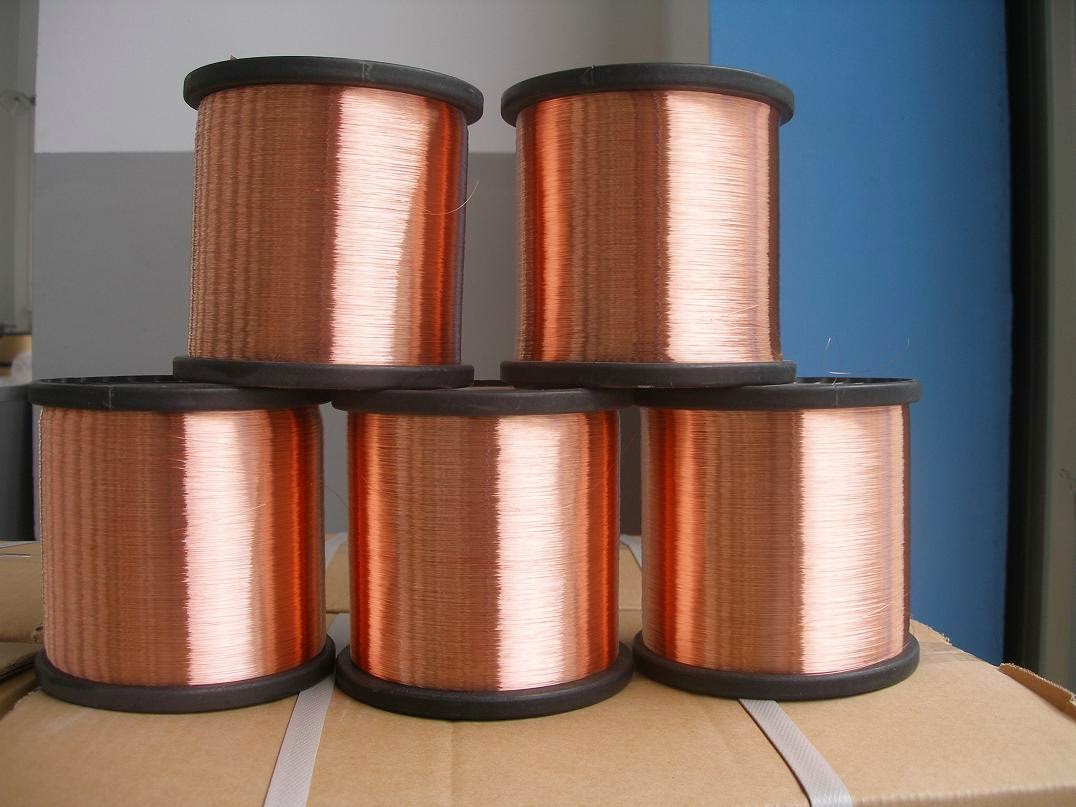A look into the growing of Copper Wires
Copper has always been the fascinating metal for mankind. It has been a part of major advancements in the history of engineering, metallurgy and industrial upgrades. Copper has been used in minting coins, drawing elaborate chain-threads for stitching armours and making jewellery. With time, copper was amalgamated with different metals to form highly beneficial alloys. Nickel, iron, aluminium, tin and chromium are often alloyed with copper to make new materials that come with extensive anti-corrosive, anti-scratch and anti-tear properties.
What makes copper so popular?
Copper is abundantly found in the earth’s crust. It can be mined with other metals. The technique of separating the copper from its ores and compounds is fairly cost-effective. The impurities that often accompany the naturally mined copper can be separated out to obtain pure copper through different means. Electroplating and chemical separation remain the best methods to derive pure copper. The availability of pure copper ensures use in industrial, surgical and domestic appliances with amazing results. The use of copper wires for different engineering and cabling operations require specific properties that copper provides with unique proficiency.
The following properties make copper ideal for use as wires in its bare, stranded and braided forms.
- Excellent Electrical Conductivity
- Excellent thermal conduction in solutions and atmospheric medium
- God resistance to corrosion
- Malleability: Copper can be hammered to form thin plates and sheets. This property is used to manufacture electrodes, solar plates and thermal blades in furnaces.
- Ductility: The property of copper to be drawn into thin wires makes it ideal choice for use in making electrical wires, and jewellery items. Ductility saves metal without compromising on the properties. The ductility property of bare copper wires has been the driving force behind the reducing size of electrical circuits and ease of laying them in high-rise buildings. Ductility of copper wires is also not affected with addition of other metals. Moreover, the insulation of copper wires together with ductility features ensures top-notch safety in the wiring and cable layouts.
From bare wires to tin plated wires: List of advantages keeps growing
Bare copper wires have been in use for over two hundred years now. It is often used with tin platting to blend in higher speciality. Gold plating and platinum plating is done in industries that require higher degree of conductivity. Even in jewellery wire wrapping, tin-platted bare copper wires are used to integrate cosmetic touch with anti-corrosive property.
Bare copper wires have relatively long life time, but their performance and physical properties being to dwindle in wet and humid conditions. When plated with tin, the wholesale bare copper wires can last much longer. In industries that use 12 gauge copper wire with tin plating can have a life span ten times more than normal bare copper wires. The wire also remains free from issues of wear and tear. This property is essential in power transmission cables used over long distances. These wires often snap in torrid weather conditions.
The maintenance and replacement of the tin plated copper wires is easy. With growing aerospace needs and underwater operations, copper wires are probable solutions to every innovative segment in the world today!



.jpg)

Comments
Post a Comment